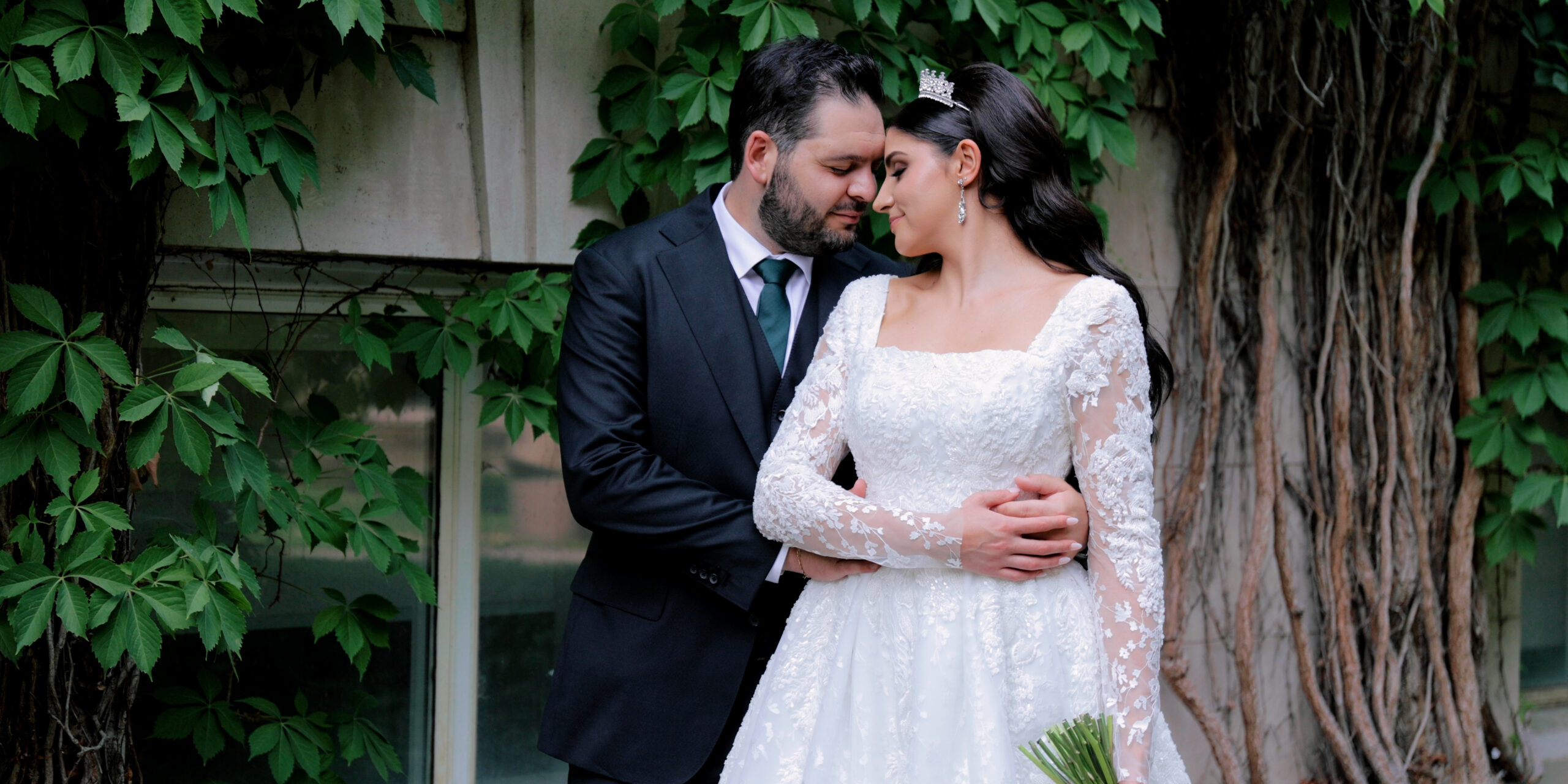Weddings are full of joyful moments and heartfelt traditions, but have you ever stopped to wonder where some of these long-standing wedding traditions actually come from? From the bouquet in the bride’s hands to the couple’s first dance, many of the customs we see today have deep roots in history, some dating back centuries or even thousands of years ago. While they have evolved over time, many of these traditions began with symbolism, quirky superstitions, or practical purposes. Let’s take a closer look at some popular wedding traditions and find out the fascinating stories behind them.

Why Brides Carry Flowers
While today’s bridal bouquet is a stunning accessory, its roots are a mix of symbolism and practicality. In ancient times, brides carried herbs and spices like garlic and dill to ward off evil spirits, promote fertility, and protect their marriage. During the Middle Ages, fragrant herbs masked body odour when regular bathing wasn’t the norm. Over time, flowers replaced herbs, with Victorians popularizing blooms chosen for their meanings, like roses for love or lilies for purity.
The Wedding Cake
Wedding cake traditions have evolved from a rustic tradition to an elaborate centrepiece. In ancient Rome, a loaf of bread was broken over the bride’s head to bless the couple with fertility and good fortune. Medieval England saw guests piling sweet buns into a tower that the couple would try to kiss over without knocking it down. By the 17th century, tiered cakes emerged, and white icing came to symbolize purity and wealth. Today, the cake cutting ceremony reflects unity, while feeding each other a bite symbolizes care and commitment.
Why Do Brides Wear A White Dress?
The tradition of wearing white was popularized by Queen Victoria in 1840 when she wore a white gown to marry Prince Albert. Before that, brides simply wore their best dress—regardless of color. White came to represent purity, innocence, and a new beginning, and the trend quickly spread through Western cultures.
Bouquet and Garter Toss
The bouquet toss dates back to a time when wedding guests believed grabbing a piece of the bride’s clothing brought good luck. To escape being mobbed, brides began tossing their bouquets as a distraction. Similarly, the garter toss was originally seen as proof of consummation and was later turned into a playful tradition symbolizing good luck in love.
Something Old, New, Borrowed, and Blue
This classic rhyme is one of the most enduring wedding traditions in Western culture, originating in Victorian England. Each item the bride carries or wears is meant to bring luck and blessings to the marriage:
Something Old represents continuity and the bride’s connection to her past—often a family heirloom, like a piece of jewelry or lace from her mother’s dress.
Something New symbolizes hope and optimism for the couple’s future, usually represented by the wedding dress, shoes, or new jewelry.
Something Borrowed should come from someone in a happy marriage, symbolizing the “borrowing” of their good fortune and love.
Something Blue has been associated with fidelity, purity, and loyalty since ancient times; brides often incorporate blue through a garter, jewelry, or a subtle stitch in the gown.
The lesser-known final line, “a silver sixpence in her shoe”, wishes the bride prosperity and financial security in her new life.
Brides today often enjoy getting creative with this tradition, weaving these elements in subtly or sentimentally.
The First Dance
The first dance is one of the most iconic and emotional parts of a wedding reception. Its origins trace back to formal balls in Europe, where the guests of honor would lead the first dance to open the floor. At weddings, it symbolizes the couple’s unity and the beginning of their journey together as one.
Traditionally a slow dance, many couples now personalize this moment—some opt for a choreographed routine, a mashup of styles, or a song that has personal meaning. It’s a beautiful pause in the day for the newlyweds to connect, surrounded by love and celebration. For many, it becomes one of the most cherished memories of the day.
Wedding traditions may have ancient or unusual origins, but they continue to add charm, meaning, and a sense of continuity to modern celebrations. Whether you follow every custom or add your own twist, knowing the stories behind these traditions can make your wedding day feel even more special.